How to start a swimwear line
Swimwear seems to be the current fashionpreneur's product of choice. As a startup specialist I work with a lot of new brands and over the last year I've seen that pretty much every other request that arrives in my inbox is for a swim or active brand. So, I thought I'd write an article for starting a swimwear line and there will be an activewear one coming soon.
In terms of the general process of starting a swimwear brand, this would be similar to other fashion products, but with some differences - I’ll go through the key ones in this blog post. I also have more details in my free ‘How to Start a Successful Swimwear Brand’ Masterclass, you can click here to register free.
In this post, I'll be covering my tips for specific things to think about when starting a swimwear line. I've worked with around 60 (maybe even 70....) swimwear brands and these are the things I've found that people often miss, which causes problems for them later.
Think outside the box
There is a lot of competition out there. It's not all bad, competition shows there is a consumer demand, but it does mean that you need to work extra hard to stand out. I see so many brands who come to me wanting to recreate designs from other labels - you can't stand out if you're copying someone else! Plus, you'll always be on step behind (or even more). Sure, it's a well known fact that in this industry, brands take inspiration from each other, but outright copying is always a no-no. Not only is is bad for your brand and morally wrong, you can get very large fines when caught (and many big brands have teams of people looking out for copycats).
Starting a swimwear brand is an exciting opportunity to create something unique and have fun designing - take that opportunity! By coming up with something unique, you'll not only set yourself apart from the competition, but you'll also make it easier for yourself, when it comes to promotion. For instance, bloggers and influencers don't want to be featuring the same thing all the time; if your brand and pitch stand out, it's much more likely you'll get featured.
Specialised fabrics
One of the key differences with starting a swim brand vs a 'typical' clothing brand, is the fabric. A lot of people I speak to who are new to the industry are surprised to learn about how complex swimwear fabrics are. This is a specialist type of fabric, you don't want something which is going to go out of shape, get stained by chlorine or sunscreen or stretch so much it falls down, right? You need to make sure that any fabrics, including any decorative trims, such as lace are suitable for swimwear. The same goes for any hardware, such as zips, studs, clasps, fastenings, etc; you don't want those going rusty, or getting too hot in the sun.
You can also use fabrics as a way of adding extra value to your customers. For instance, there are swimwear fabrics available which are made from recycled materials, ones which resist UV rays and give SPF50 sun protection, or fibres which are quick drying, sand resistant and provide muscle control. Think about your customer and how these properties could improve their experience with your products and ask yourself if this is something worth considering for your brand.
Stay trend relevant
In my online course, I have a whole lesson on trend led vs trend relevant and go into detail on how it works. Essentially, you need to ask yourself if you want to be a fashion trendsetter, or be trend relevant. If you don't have a 'fashionable' brand, it's still worth being trend relevant. For 2 reasons, which are (in a nutshell);
Editors usually put articles together based on a specific trend. Even non-fashion magazines, like 'The Lady' or in the newspaper. If you're not trend relevant, you're less likely to be featured as your products won't fit in with the other items they're showing.
Customers are aware of trends, even if they don't follow them. Partly because of the point above and also because they'll notice retailers are showing similar themes and/or colours. If your brand is off on it's own, you're less likely to fit in with purchases the customer has already made and when people are going on holiday (often the reason for buying swimwear) they'll want things that co-ordinate in their suitcase.
Being trend relevant doesn't mean that you have to be a slave to trends, you can still put your own spin on things and keep your brand identity.
Trends also include consumer habits, which are important to be aware of. For instance, one of the leading industry magazines, Swimwear Yearbook, has highlighted sustainability as one of the key trends for SS22 and beyond. I even wrote an article for this issue, due to my passion for sustainability and I'm delighted to see that it's an issue consumers are taking on board. By being aware of these consumer trends, you can design a range which caters to your audience's current needs.
Build a range
I find that most swimwear brands that come to me think about their designs separately, rather than as a range. In my opinion (and also many others!), one of the best ways to make your fashion business profitable is to make 'add on sales' - essentially selling more than one item to each customer. If you're designing in a way that limits the customer's ability to buy an additional item, this can really hurt your profits. Rather than focusing purely on starting a bikini line, for instance, have you considered creating a beachwear line, so that you can include add on items like a sarong or cover up?
Manufacturing approach
First off, the important thing to realise that I'm not the only one who's noticed a sudden surge in swimwear labels. Manufacturers have too. The problem with this is essentially a supply and demand issue. Before, factories would work really hard to get business, they'd reply in a timely manner and answer all of your questions. Now, they are too busy to do this and if a brand doesn't come to them with the right information, they'll either ignore you, or worse, take advantage of you. So you need to be prepared with your tech packs, quantities and timeline, before you make contact. This way, they'll not only know you're serious (because you're prepared), but they'll also know it'll be harder to take advantage of you (because you've already outlined your expectations in a tech pack).
I've also noticed a rise in factories who offer 'ready made' swimwear, or designs that you can customise. While these aren't all bad, it's not something I'd recommend, for 2 main reasons;
First off, if you think back to tip number 1, thinking outside the box. How can you be unique if you're buying products that lots of other swimwear brands have access to?
Second, sizing. You're probably aware from your own shopping experiences that sizing varies a lot. One brand's version of a size 8 would be considered a 12 by another brand. If you're buying these 'ready made' sizes, you have absolutely no control over the sizing. I've worked with a few brands who wanted to make the switch from 'ready made' to creating their own designs and it was a nightmare. The sizing of the 'ready made' styles was all over the place and typically very small (because they were purchased from a factory in Asia which is typically much smaller than the UK market, where this customer was based). So we had a big job on our hands trying to create consistent sizing across the brand, without confusing existing customs with the size increase.
So, in my opinion wherever possible it's best to start off on the right foot and create your own designs and tech packs, so that you have more control over the sizing and quality.
I hope this post has helped you with starting your swimwear line. If you're interested in starting a brand, I have a free masterclass to help you launch your brand, manufacture your products and market them. Click here to register for free.
I hate spam too - if you sign up to this email list, your details won't be sold or leased to anyone else. I will email you from time to time with helpful content and occasional offers, which you can unsubscribe from at any time.

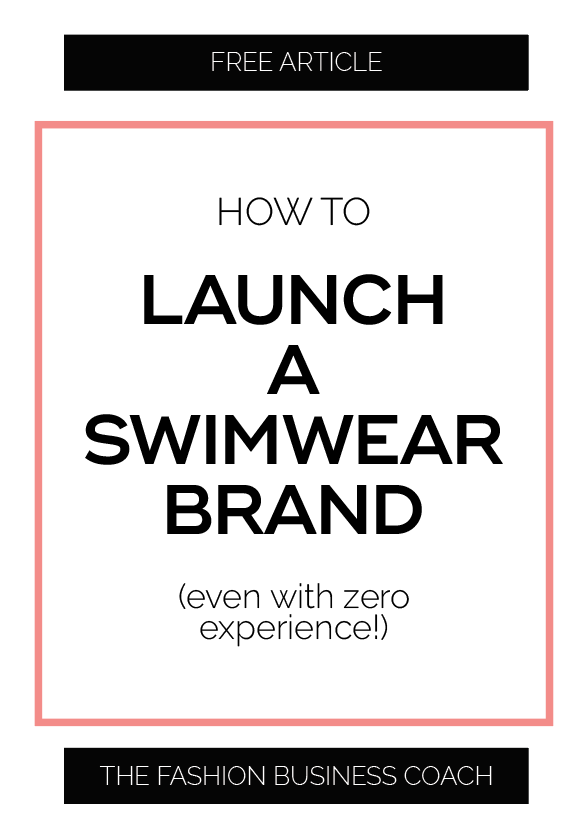


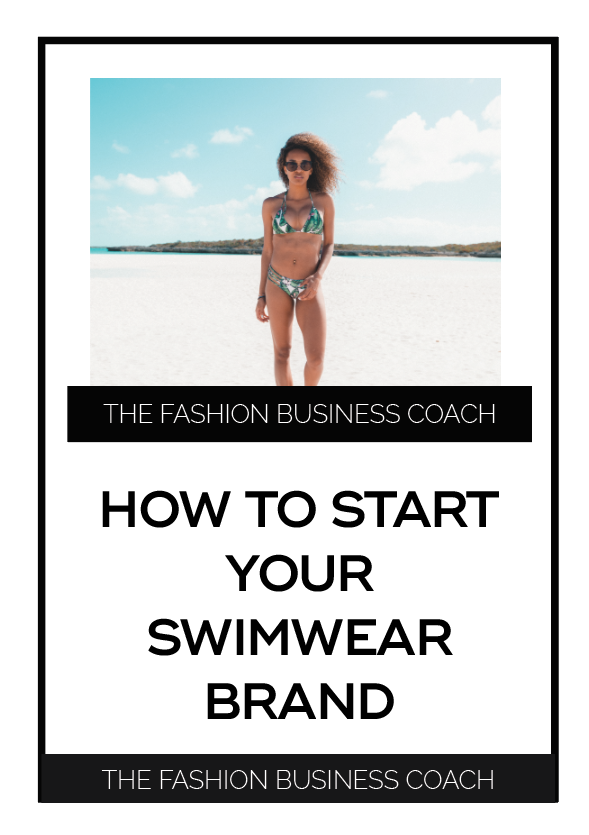
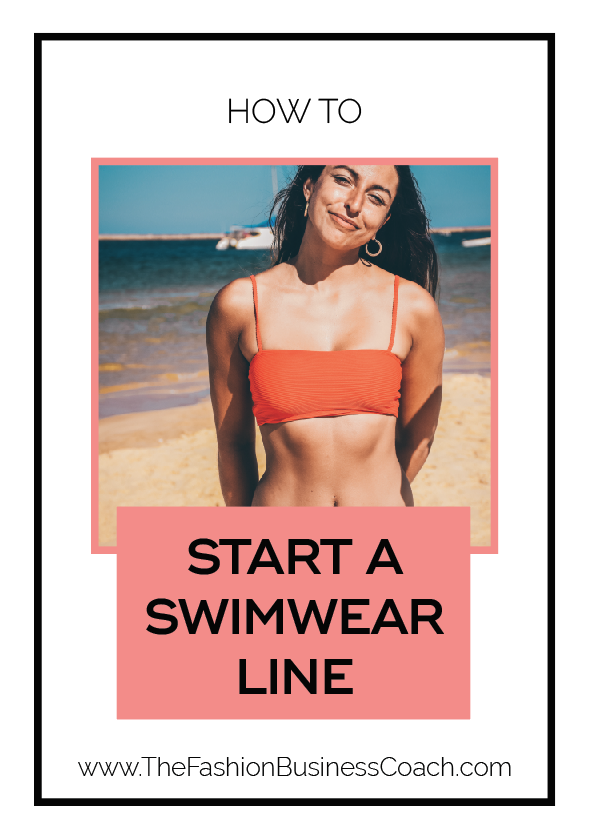
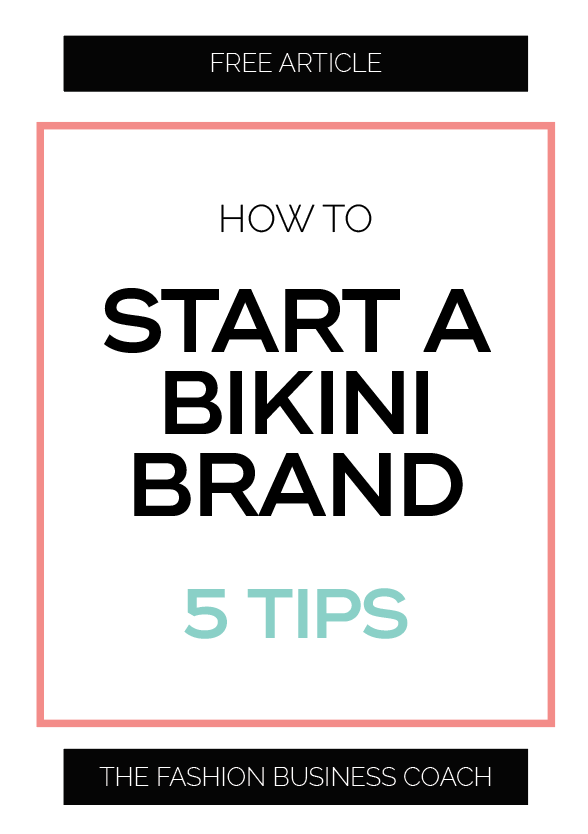
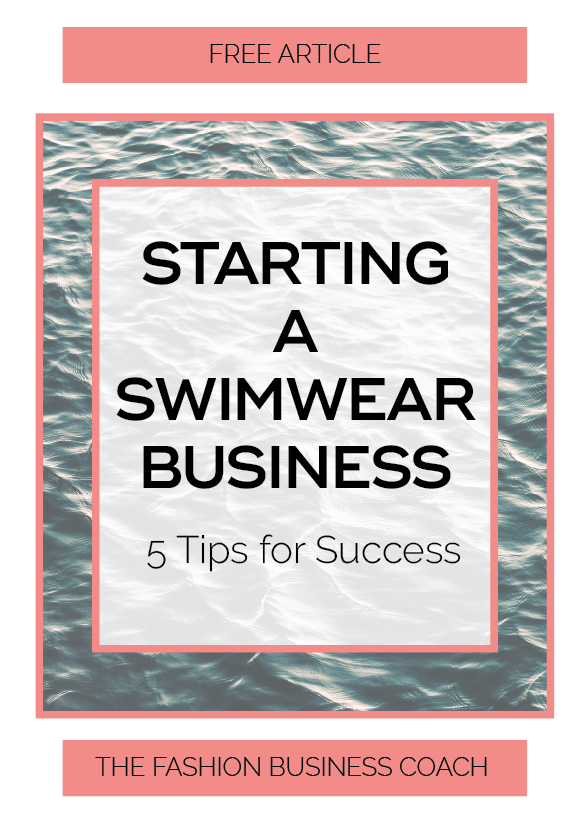
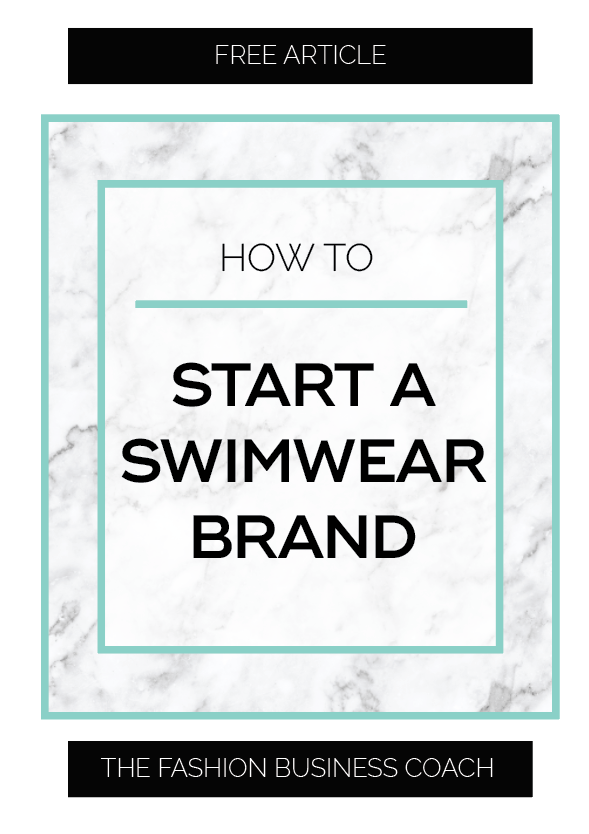
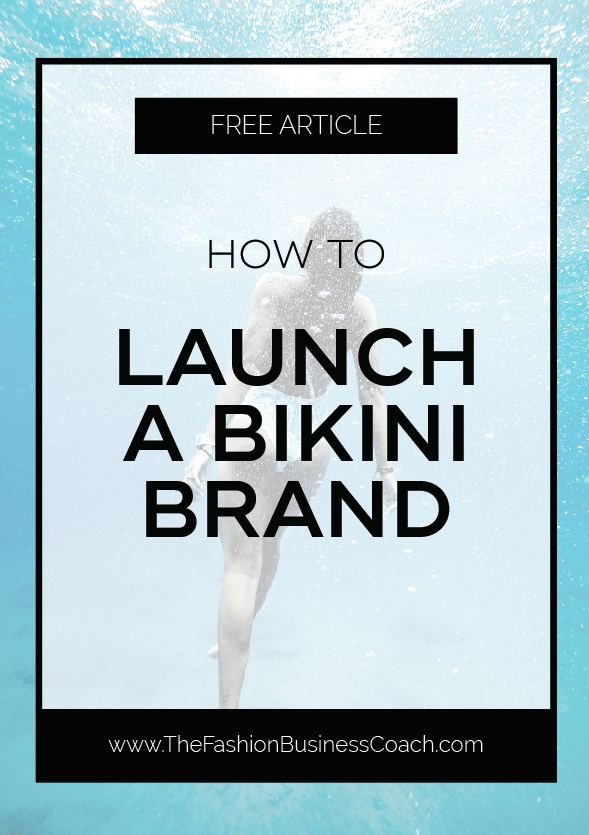
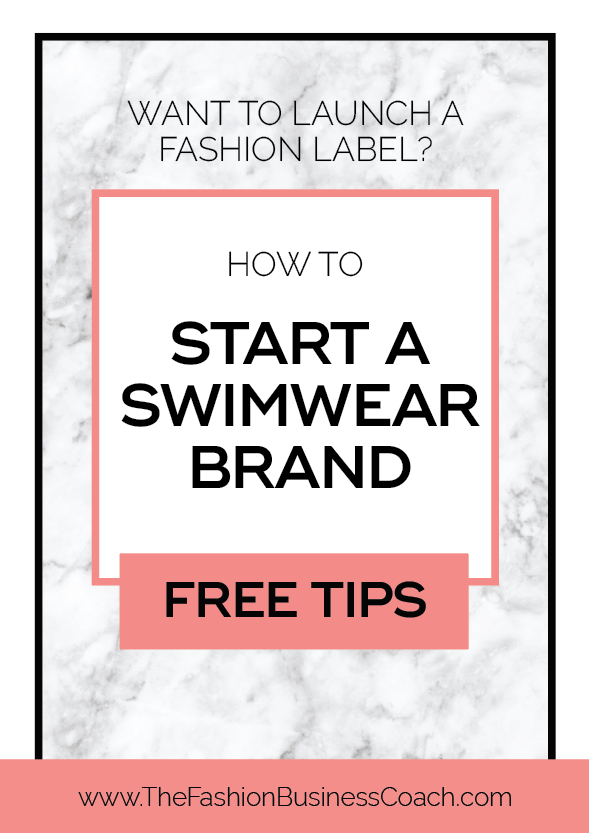




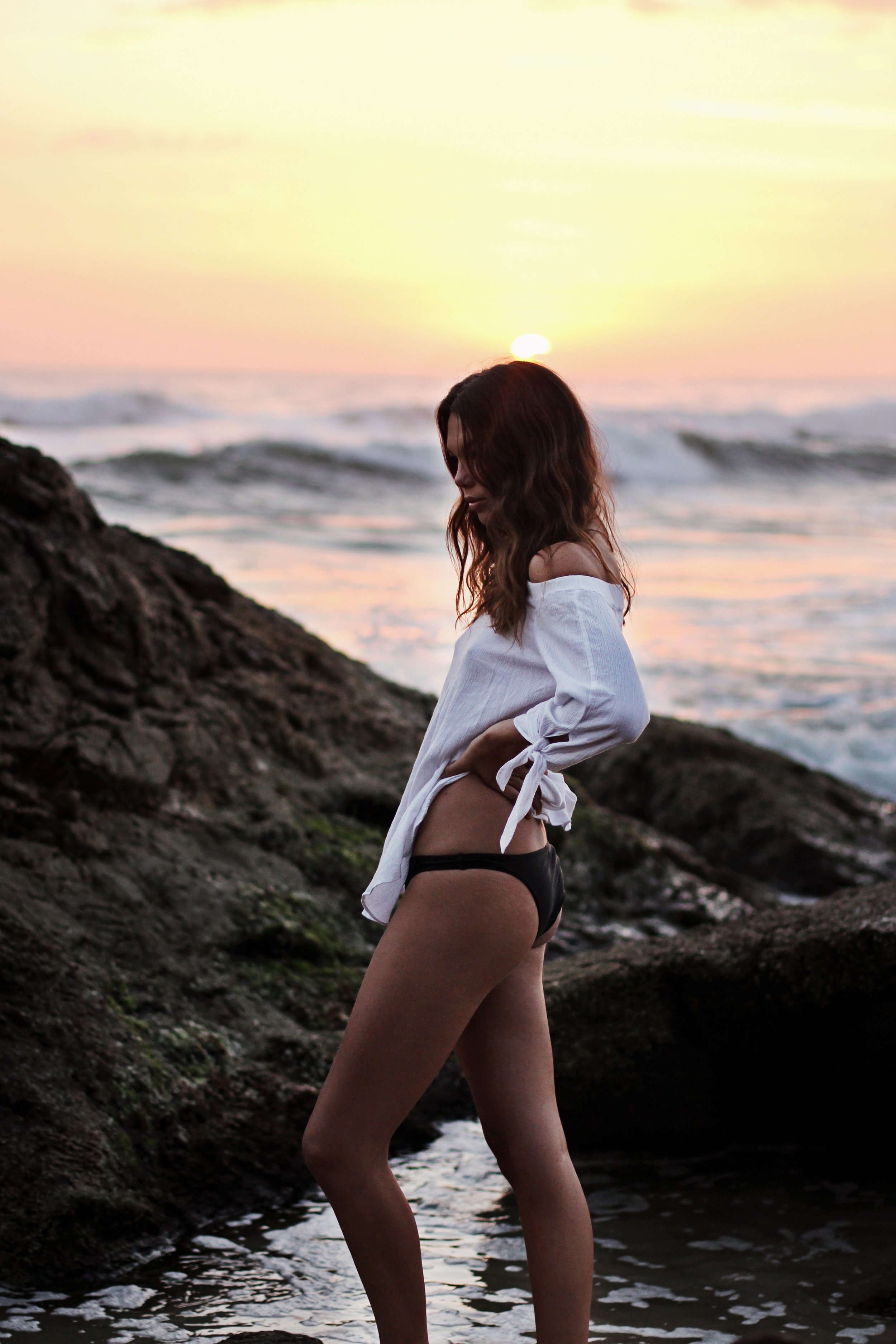











Pickleball outfit inspiration……